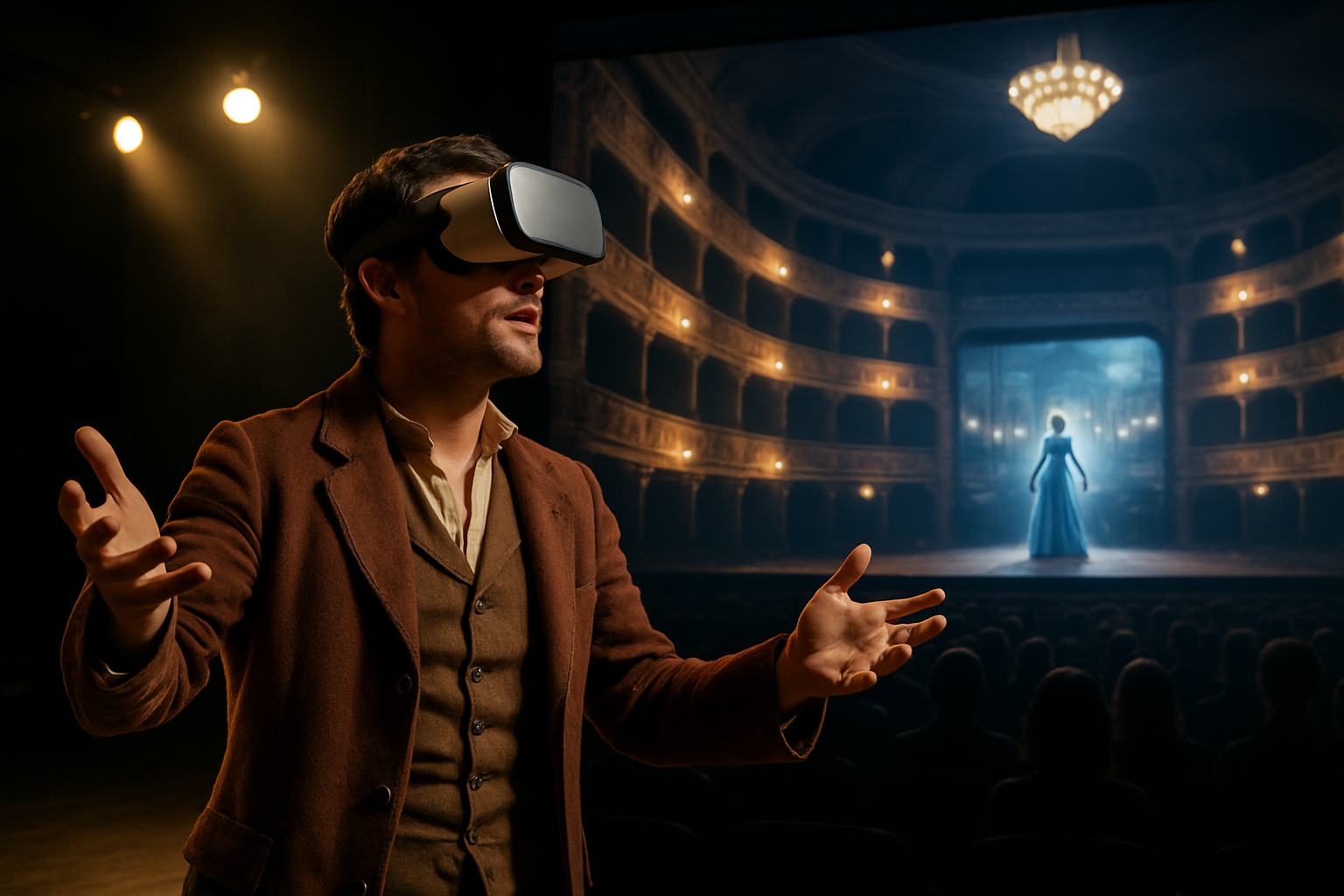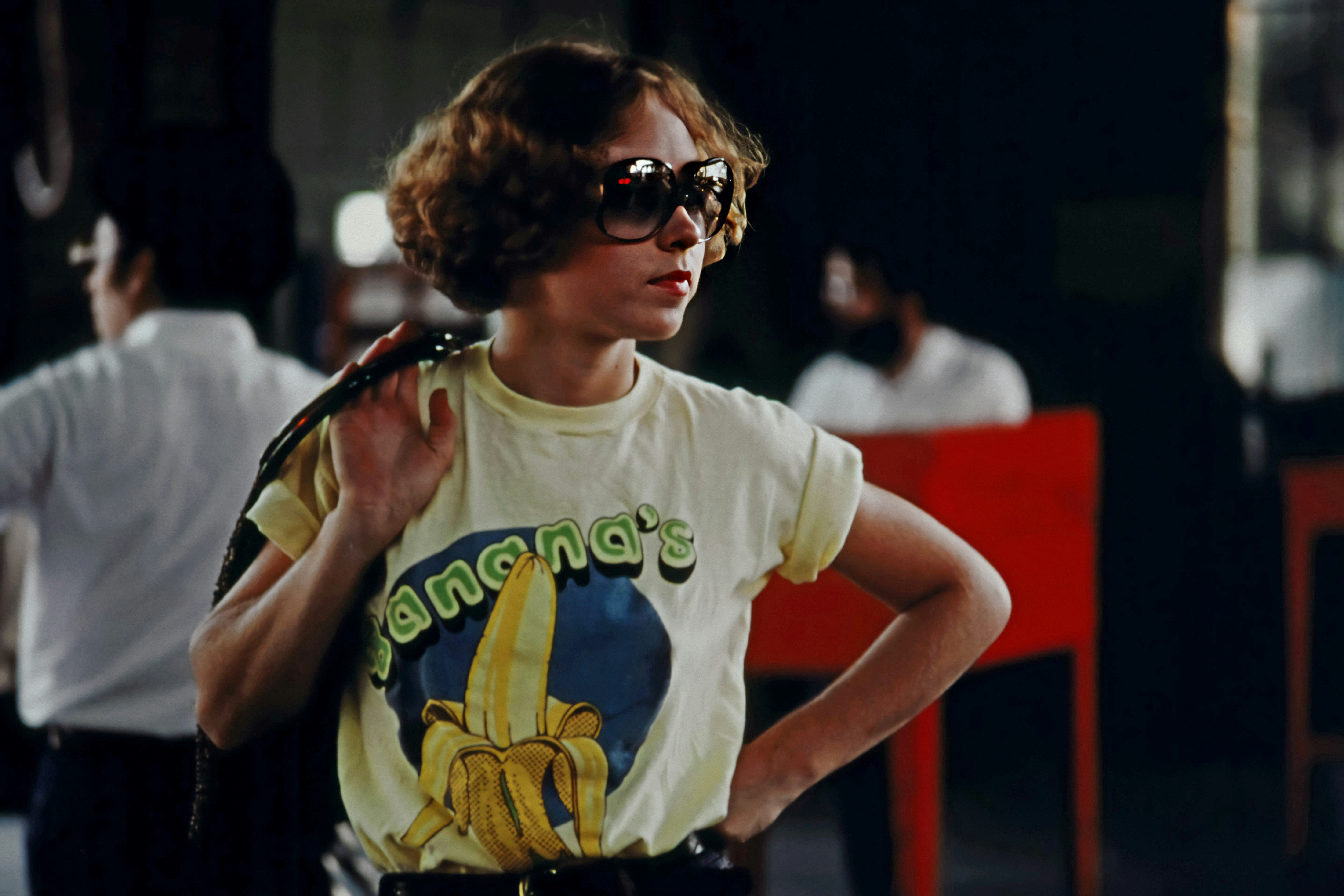Virtual Reality Opera: Redefining the Classical Art Form
In a groundbreaking fusion of technology and tradition, virtual reality opera is emerging as a revolutionary force in the world of classical music. This cutting-edge approach to operatic performance is pushing the boundaries of artistic expression, immersing audiences in breathtaking virtual worlds that complement and enhance the emotional power of opera. As the arts and entertainment industry continues to evolve, virtual reality opera stands at the forefront of innovation, offering a fresh perspective on a centuries-old art form.

Reimagining the Operatic Experience
At its core, virtual reality opera aims to transport audiences into the heart of the performance, breaking down the barriers between spectator and stage. Unlike traditional opera, where viewers are confined to their seats, VR opera allows participants to explore fully realized digital environments that correspond to the narrative and music of the production. This immersive approach creates a sense of presence and engagement that was previously unattainable in conventional opera houses.
Technical Challenges and Innovations
Creating a successful virtual reality opera requires a delicate balance of artistic vision and technological prowess. Composers and librettists must collaborate closely with VR designers and programmers to ensure that the virtual environments enhance rather than distract from the musical performance. One of the biggest challenges has been synchronizing the virtual experience with live singers and musicians, a feat that requires precise timing and coordination.
Notable Productions and Pioneers
Several groundbreaking virtual reality operas have emerged in recent years, garnering critical acclaim and pushing the boundaries of the medium. The Welsh National Opera’s Magic Butterfly project, which reimagined classic operas in VR, was among the first to gain widespread attention. More recently, the Los Angeles-based company The Industry has gained recognition for its innovative VR productions, including Sweet Land, which explored themes of colonialism and cultural identity through a blend of traditional and virtual staging.
The Future of Opera in the Digital Age
As virtual reality technology continues to advance and become more accessible, many opera companies are exploring ways to incorporate VR elements into their productions. Some envision a future where audiences can attend world-class performances from the comfort of their homes, while others see VR as a tool for enhancing live performances with interactive digital elements. The potential for virtual reality to attract younger audiences to opera is particularly exciting for an art form that has long struggled with aging demographics.
Artistic Implications and Controversies
While many in the opera world have embraced virtual reality as a means of revitalizing the art form, others have expressed concerns about the potential loss of the live, communal experience that has long been central to opera. Critics argue that the intimacy of a live performance cannot be replicated in a virtual environment, and that the focus on technology may detract from the music itself. Proponents, however, contend that VR opera offers new possibilities for storytelling and emotional connection that can complement rather than replace traditional operatic experiences.
Education and Accessibility
Virtual reality opera has also shown promise as an educational tool, allowing students and enthusiasts to explore the intricacies of operatic production in unprecedented detail. Some companies have developed VR experiences that take viewers behind the scenes, offering insights into costume design, set construction, and the technical aspects of staging an opera. Additionally, VR technology has the potential to make opera more accessible to those who may not have the means or ability to attend live performances, democratizing an art form that has often been perceived as elitist.
Economic Considerations
The development of virtual reality opera presents both challenges and opportunities from an economic standpoint. While the initial costs of creating VR productions can be substantial, the potential for reaching wider audiences and generating new revenue streams is significant. Some opera companies are exploring subscription-based VR platforms, while others are partnering with tech companies to develop innovative distribution models. The long-term economic viability of virtual reality opera will likely depend on striking a balance between artistic integrity and commercial appeal.
Cross-Pollination with Other Art Forms
The emergence of virtual reality opera has sparked interest in similar applications across other performing arts. Dance companies, theater groups, and even orchestras are exploring ways to incorporate VR technology into their productions, leading to a broader reimagining of how audiences engage with live performance. This cross-pollination of ideas and techniques is fostering a new era of interdisciplinary collaboration in the arts, with virtual reality serving as a common thread connecting diverse forms of creative expression.
In conclusion, virtual reality opera represents a bold step into the future for an art form steeped in tradition. By harnessing the power of cutting-edge technology, opera companies and artists are finding new ways to captivate audiences and tell stories that resonate in the digital age. While challenges remain, the potential for virtual reality to revolutionize the operatic experience is undeniable, offering a glimpse into a future where the boundaries between the virtual and the real are increasingly blurred in the pursuit of artistic excellence.




